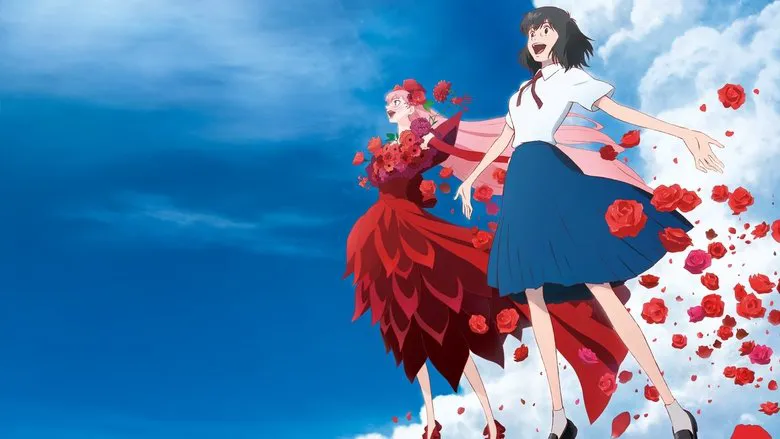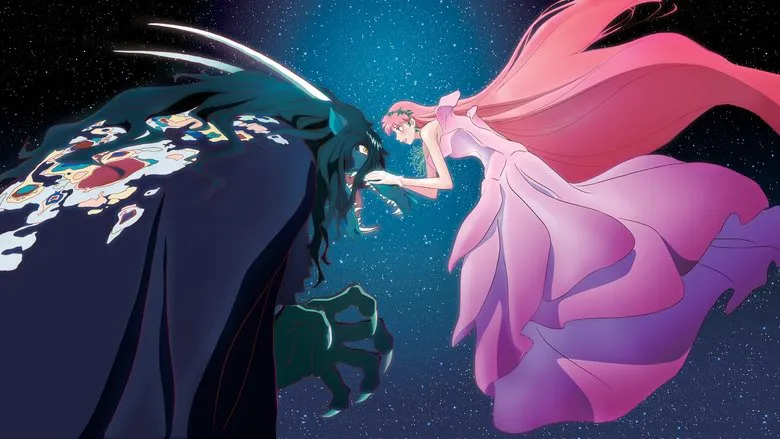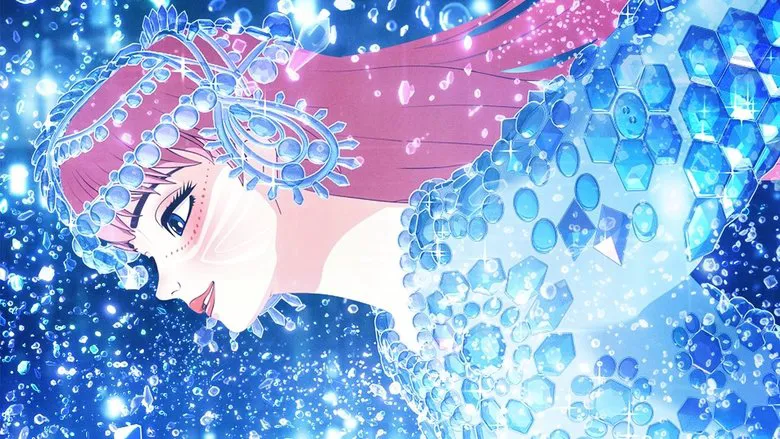Beauty and the Beast: A Timeless Tale of Inner Beauty and Redemption
Introduction
“Beauty and the Beast,” initially released in 1991, stands as a hallmark of Disney animated cinema, masterfully adapting Jeanne-Marie Leprince de Beaumont’s classic fairy tale. This film intricately weaves the enchanting love story between a radiant young woman and a prince tragically transformed into a beast. Celebrated for its breathtaking animation, deeply moving musical score, and profound emotional resonance, “Beauty and the Beast” transcends typical storytelling, delving into themes of inner beauty and redemption.

Plot Overview
The narrative is set in the heart of a quaint French village, introducing us to an imposing castle – once the opulent residence of a prince known for his arrogance and vanity. His refusal to grant shelter to an unassuming old woman leads to his transformation into a fearsome beast, a curse inflicted by her revealed form as a powerful enchantress. This curse extends to the castle’s inhabitants, turning them into various household objects, all awaiting the transformative power of true love to break the spell.
Belle, a bright and beautiful villager known for her intelligence and spirit, finds herself entwined with the Beast’s fate when her father seeks refuge in the castle and is imprisoned. Displaying remarkable courage and selflessness, Belle offers herself as a prisoner in his stead. Within the castle walls, she gradually uncovers the enchanted nature of the household. They reveal the key to their freedom: the Beast must learn to love and be loved in return before the last petal falls from an enchanted rose.

As Belle gets to know the Beast beyond his fearsome exterior, she begins to see glimpses of his inner kindness and humanity. In turn, the Beast is softened by Belle’s presence, revealing vulnerability and compassion. Their burgeoning connection sparks jealousy in Gaston, a conceited hunter obsessed with Belle, who sees the Beast as an obstacle to his desires.
Simultaneously, back in the village, Belle’s father desperately tries to convince the locals of the Beast and his castle. Fueled by Gaston’s manipulations, a mob, echoing classic monster movie tropes, storms the castle to “rescue” Belle and destroy the Beast.
In a dramatic climax, Belle’s genuine love for the Beast breaks the enchantress’s curse as he lays close to death after the fight with Gaston. The Beast transforms back into a handsome prince, and the enchanted objects of the castle also revert to their human forms just in time. United in love, Belle and the prince marry, demonstrating the transformative power and redemptive strength of true love. The story highlights the deceptive nature of outward appearances, promoting the value of seeing beyond the surface to appreciate inner goodness.

Character Analysis
Belle
Belle is not merely a “beauty”; she is defined by her intellect and passion for reading, marking her as an outsider in her provincial village. Her desire for adventure and knowledge fuels her curiosity. Rejecting the superficiality of Gaston and his shallow affections makes her especially distinct. Belle’s inherent empathy and courage lead her to look past the Beast’s monstrous appearance, recognizing the prince trapped within. She is driven by what is fair and is committed to upholding it. Her bravery and love serve as the catalyst for the Beast’s transformation and the restoration of the castle.
The Beast
The Beast, once a spoiled and selfish prince, undergoes a profound transformation throughout the film. His monstrous exterior mirrors the ugliness within him, a consequence of his youthful arrogance. His interactions with Belle are the catalyst for his emotional and moral growth. Through her influence, he learns to care for others, control his temper, and value kindness over superficial judgments.
Supporting Characters
The comedic relief provided by Lumière, Cogsworth, and Mrs. Potts adds levity and heart to the film. Gaston stands as a representation of toxic masculinity and serves as the perfect foil to both Belle and Beast.
Art Direction and Visual Effects
The artistry and set design of “Beauty and the Beast” are breathtaking, reflective of classic Disney. The castle itself exemplifies detailed classicism. The interiors are equally impressive, with gothic elements and mysterious designs that perfectly mirror its enchanted state.
Visual effects are seamlessly integrated, bringing the Beast to life in nuanced ways, highlighting not only his fearsome nature but also his underlying vulnerability. Similarly, the transformation is mesmerizing. The film showcases advancements in computer animation and digital art, providing an amazing experience for viewers and significantly enhancing the entertainment impact.
Music and Soundtrack
The magical music elevates the emotional weight of “Beauty and the Beast”. The iconic songs intertwine themes that touch on both character and narrative.
The memorable theme song, “Beauty and the Beast,” is more than just music. It captures the core of the story’s beauty in love and its focus on tolerance. The sound design adds nuance throughout that highlights the emotion of character motivations even more.
Themes and Symbolism
The central message of finding “inner beauty” is represented in several elements of the film. The selfishness and ultimate demise of Gaston is a perfect example of placing value within what seems pleasing to them on the surface while the growth of Belle and Beast is a transformation from the inside out.
The enchanted rose is a symbol of Vanity. The fading of petals symbolizes their urgency and mortality for each of them. As the last petal drops, so does their hope.
Film Evaluation
“Beauty and the Beast” is a complete masterclass in animation. It combines romance, fantasy, and adventure perfectly. The character depth and compelling narrative pull viewers in from start to finish. This film evokes viewers to have not only self reflection and self discovery.
Conclusion
“Beauty and the Beast,” with its timeless story, beautiful design, and catchy music, continues to affect viewers. It makes people think about the importance of love, tolerance, and embracing who they are beyond what they can see on the surface. It shows that loving someone means more than appearances.